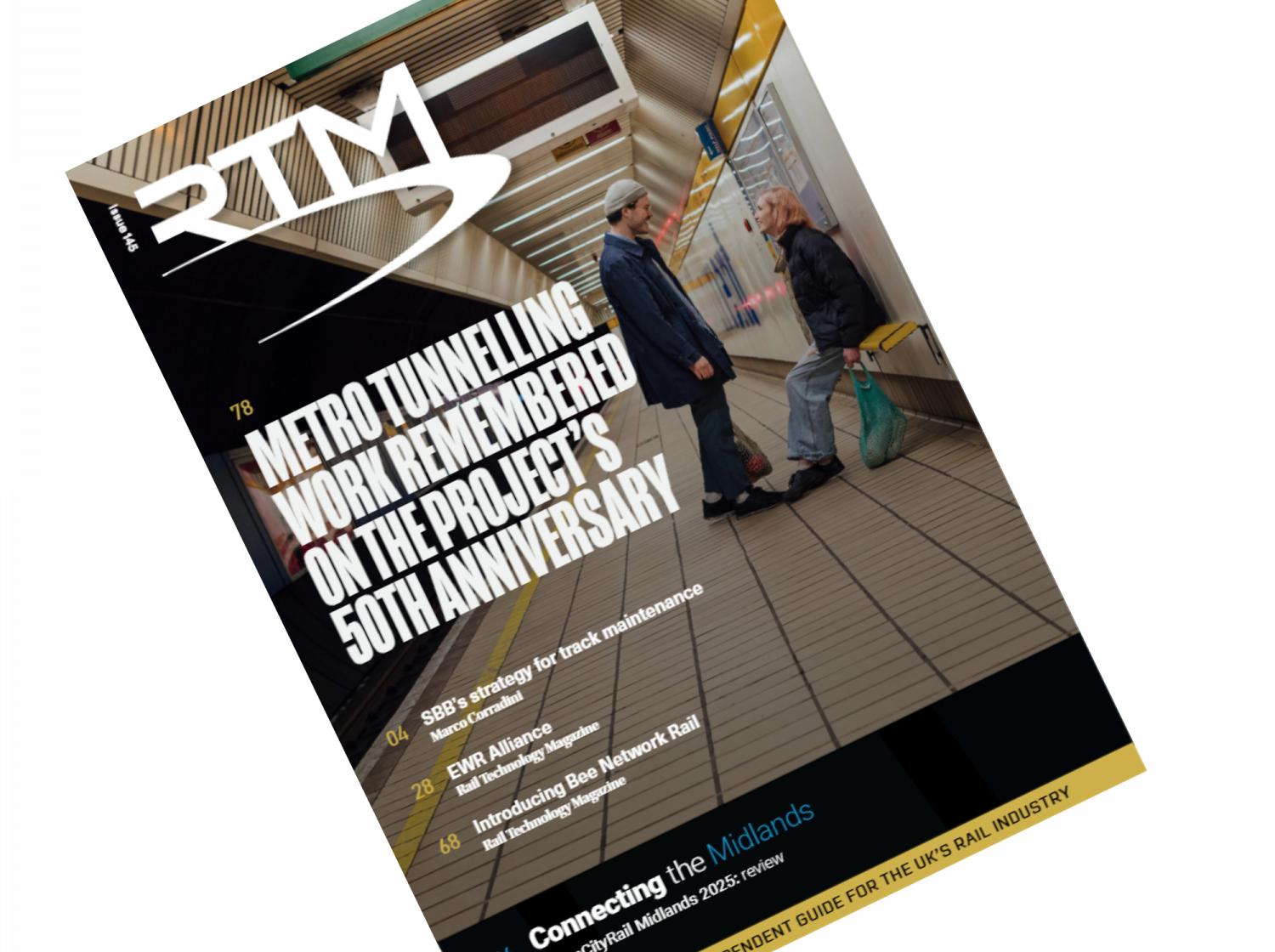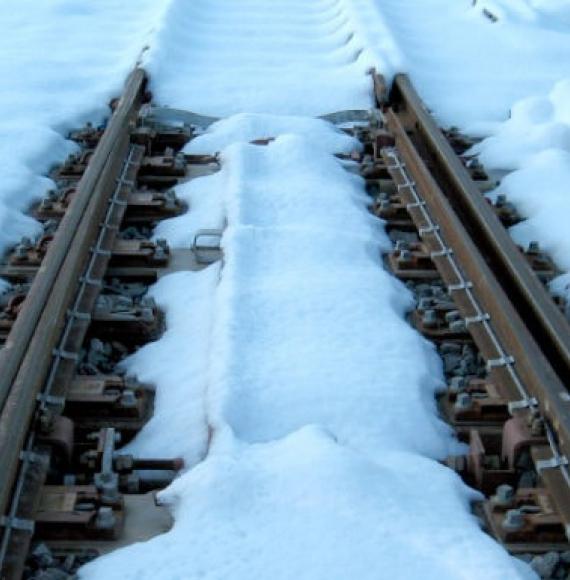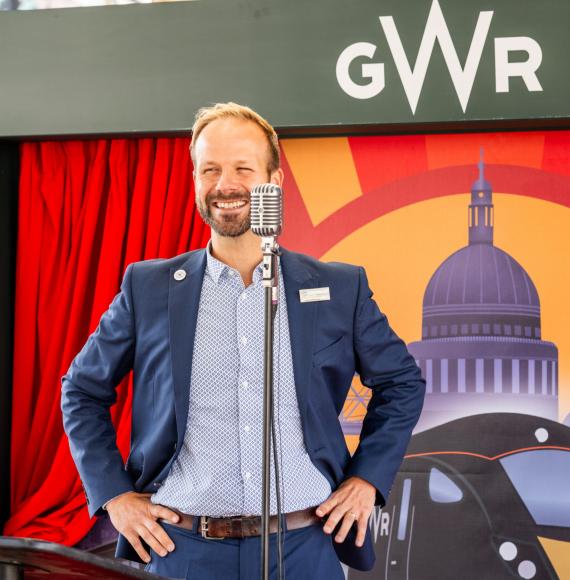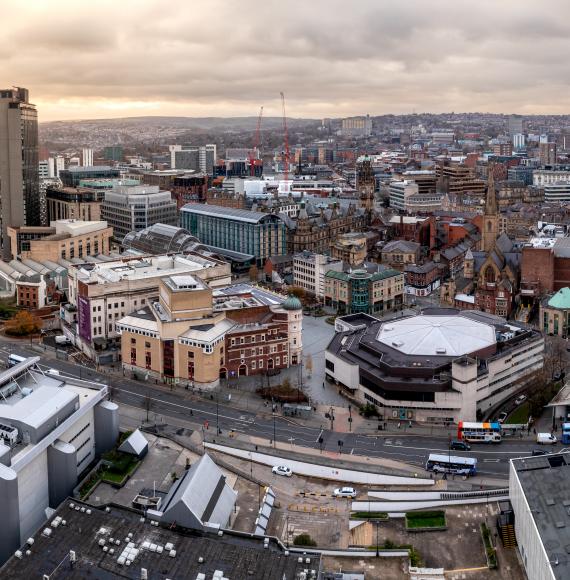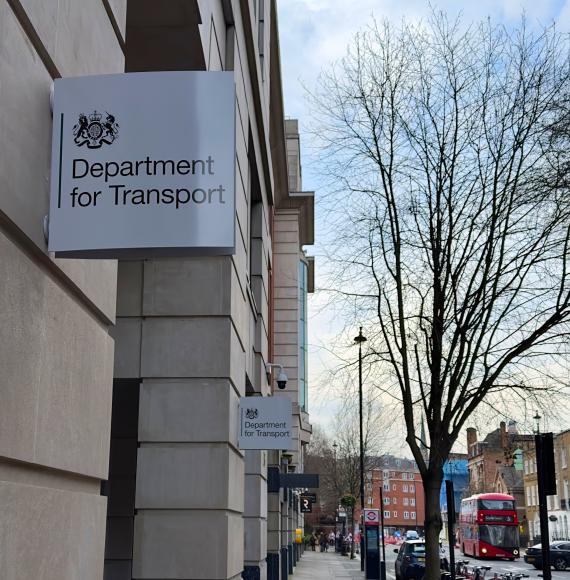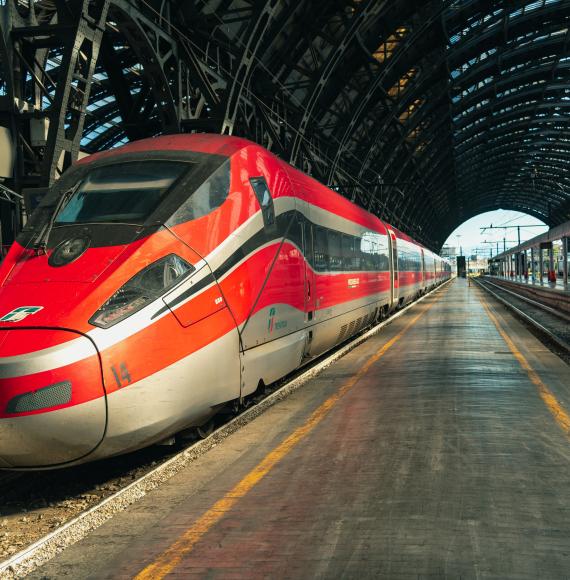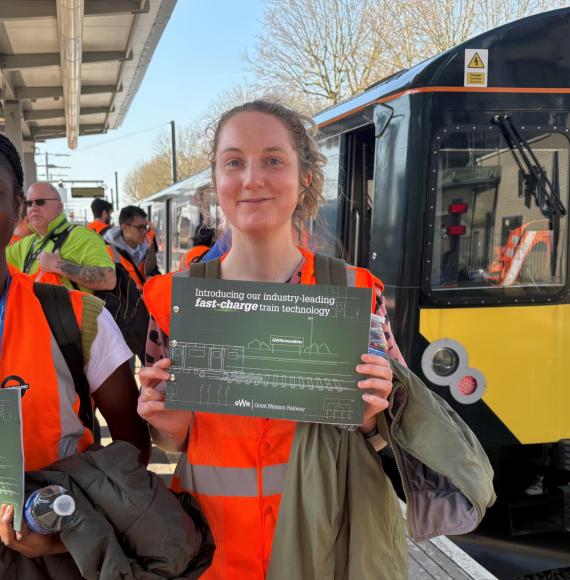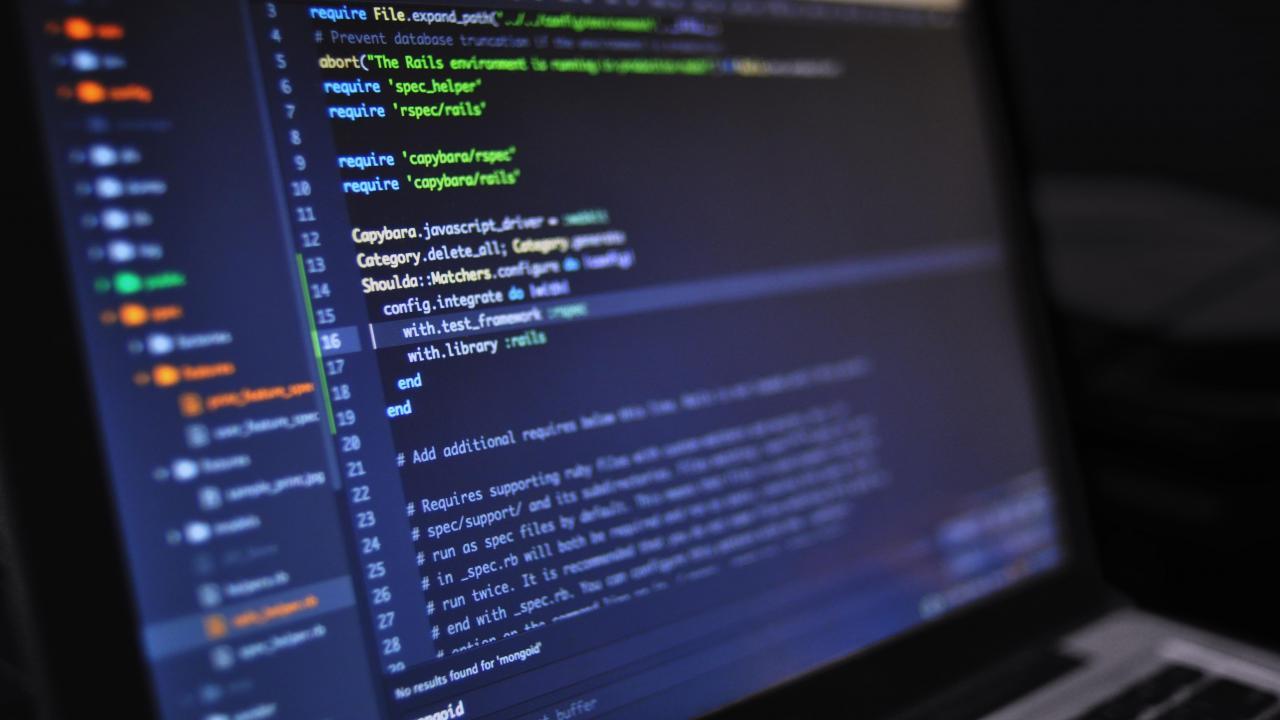Indonesia has launched its new high-speed rail line at a ceremony in Jakarta.
Stretching from Jakarta to Bandung in West Java, the 142.3 kilometre line has taken seven years to build and was financed partially by a Chinese governmental loan and has been recently estimated at $7 billion.
The 1 435 mm gauge line is built to Chinese standards for 350 km/h operation. It starts at Halim in the southeastern suburbs of Jakarta and runs to Karawang and then to Padalarang and Tegalluar in the greater Bandung area. Around 82·7 km of the route is elevated, and 16·8 km in tunnel.
The Chinese train manufacturer, CRRC has also supplied a brand-new fleet of 11 CR400AF Fuxing train set and can reach speeds of 386 kilometres per hour. This will mean that the once three-hour journey will now take 45 minutes.
The line itself is quite complex, with 58% of the high-speed rail lines sitting on elevated structures as well as well as several tunnels.
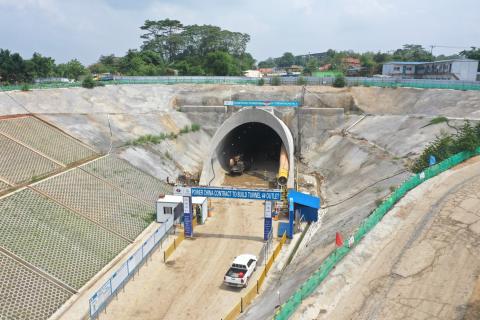
The new high-speed line has come with real issues also with delays due to COVID-19 as well as lengthy land disputes.
However, the new Whoosh train which stands for waktu hemat, operasi optimal, sistem handal and meaning loosely in English, ‘Time saving, optimal operation, reliable system’ was defended by the Indonesian president, Joko Widodo who said at the ceremony it could act as a catalyst for further projects.
“Experience is expensive, but very valuable and we don’t need to be afraid because if we are consistent, there will be fewer mistakes’, he said. ‘The costs of errors will also decrease and in the end production costs and project costs will also become lower over time.”
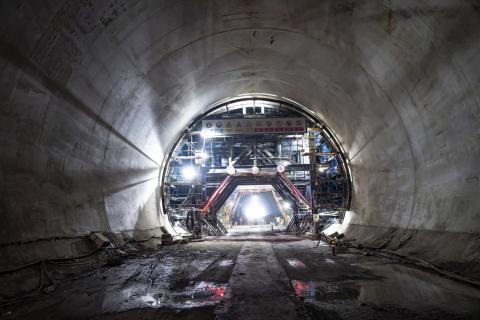
Speaking on the launch of the Whoosh line, Widodo said, “The Jakarta-Bandung high-speed train is the first high-speed train in Indonesia, and the first in Southeast Asia, with a speed of 350 kilometers per hour.”
“This is not without good teamwork from all parties, including the central government, local government, state-owned enterprises, private sectors and public as well as the Chinese government and its related companies – all working together to finish this project,” added Luhut Binsar Pandjaitan, Indonesia’s coordinating maritime and investment minister.
Passenger services began this week.
Images: PT KCIC



